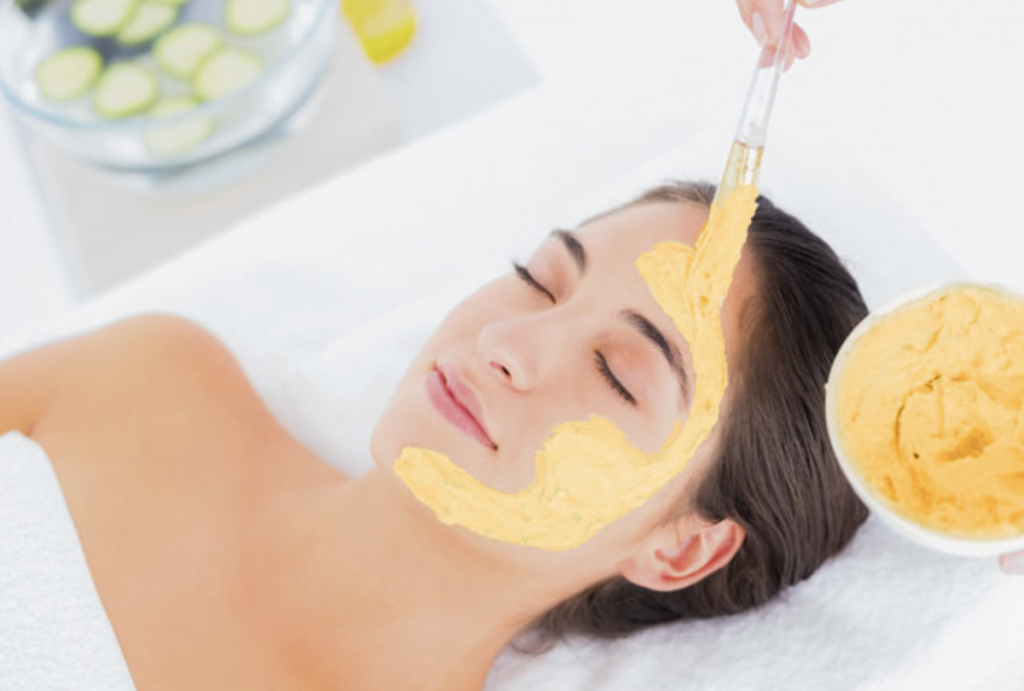Certain ingredients stand the test of time because they truly provide the benefits linked with their names. Then there are the ingredients that appear in numerous categories—medicine, cosmetics, food, and so on—due to their amazing multitasking ability. Turmeric is one of such ingredients that serve both purposes.
The golden spice is treasured in Ayurvedic tradition, and many other civilizations have recognised its advantages in recent years.
It’s also a popular skin care component, to say the least. A popular brand that has mastered and utilizes Turmeric in every step is Bel-Air Cosmetics. They provide a complete turmeric skincare line, featuring a light refreshing scent that leaves the skin feeling radiant and healthy. Surprise! The line is also wonderful for men and women… For more information on this and a deeper look into their product, check out Bel-AirCosmetics.com
But first, a short recap on the type of turmeric used in skin creams as opposed to the form of turmeric you consume.
Food-grade turmeric is the kind you’ll find in small spice jars at any regular grocery shop, and it’s the kind you’ll use in food or drinks. This variety, on the other hand, stains easily.
This is why many individuals who use turmeric as a topical component consistently use kasturi turmeric, which does not have any coloring issues. This variety, however, cannot be eaten and is more difficult to locate.
And what’s the conclusion? Simply be aware of the type you’re using and how you’re using it.
Why Should You Use Turmeric on Your Skin?
. Anti-inflammatory.
Many skin problems, such as eczema, rosacea, acne, and premature lines and wrinkles, are caused by inflammation. Inflammation, as you can see, has a negative impact on your skin, including collagen breakdown, breakouts, and the development of chronic illnesses.
To maintain skin supple and bright, it’s critical to keep inflammation at bay. Turmeric’s potent anti-inflammatory effects provide a quick remedy.
. Antioxidant.
Free radicals are a naturally existing element of your body, but they may quickly become a problem. Turmeric has been demonstrated to raise the body’s natural antioxidant capacity, therefore strengthening your defense system against free radical damage.
. Antimicrobial.
Because of its antibacterial characteristics, Turmeric has an outstanding ability to create a balance between good and harmful microorganisms on the skin. While this can benefit skin health in general, it is especially helpful in dealing with acne, as one of the causes of breakouts is an overgrowth of acne-causing bacteria on the skin.
. Aids in the healing of wounds.
Many herbs, including turmeric, have an underappreciated effect of wound healing. The ability of your body to mend itself is critical to skin health, and sadly, this property lessens with age.
. Brightens.
Turmeric’s antioxidant and anti-inflammatory characteristics can help brighten tone and remove dark spots, which is perhaps its most widely touted advantage.
How to use turmeric on your skin?
1. Turmeric Milk
With this well-loved marigold-hued tonic, you can enhance your skin from the inside out. In its most basic form, golden milk is a hot or cold beverage prepared by blending turmeric powder or fresh turmeric root with your preferred milk type (almond, coconut, cashew, etc.).
The milk has powerful anti characteristics that can help to soothe skin internally, neutralize free radicals, and prevent the indications of premature aging.
2. Make Your Own Mask
Turmeric face masks with only two ingredients are really simple to make. Start with a yogurt base. When turmeric is combined with yogurt as a basis, it creates a lovely texture that can be applied to your face as a mask.
Apply a uniform coating to the skin, wait 10 to 20 minutes, and then rinse with warm water. Always remember to lock in moisture with a cream or oil to avoid further drying out your skin.
3. Localized therapy
Its anti-inflammatory characteristics may aid in the treatment of breakouts, particularly furious, red ones. The good thing is that creating your own acne treatment at home using this method is simple and very affordable.
You may use a foundation of yogurt (the healthy bacteria in yogurt can assist your body cope with the harmful bacteria that’s causing the breakouts), aloe (which has soothing as well as moisturizing characteristics to avoid dry scabs post-zit), or apple cider vinegar (a popular acne-fighter in its own right, thanks to the natural alpha-hydroxy acids). Simply add a dash of the powder to your chosen base, mix, and apply to sensitive areas.
We hope by now you are aware of the numerous benefits of turmeric for your skin. Use it with the help of the methods as mentioned above.

